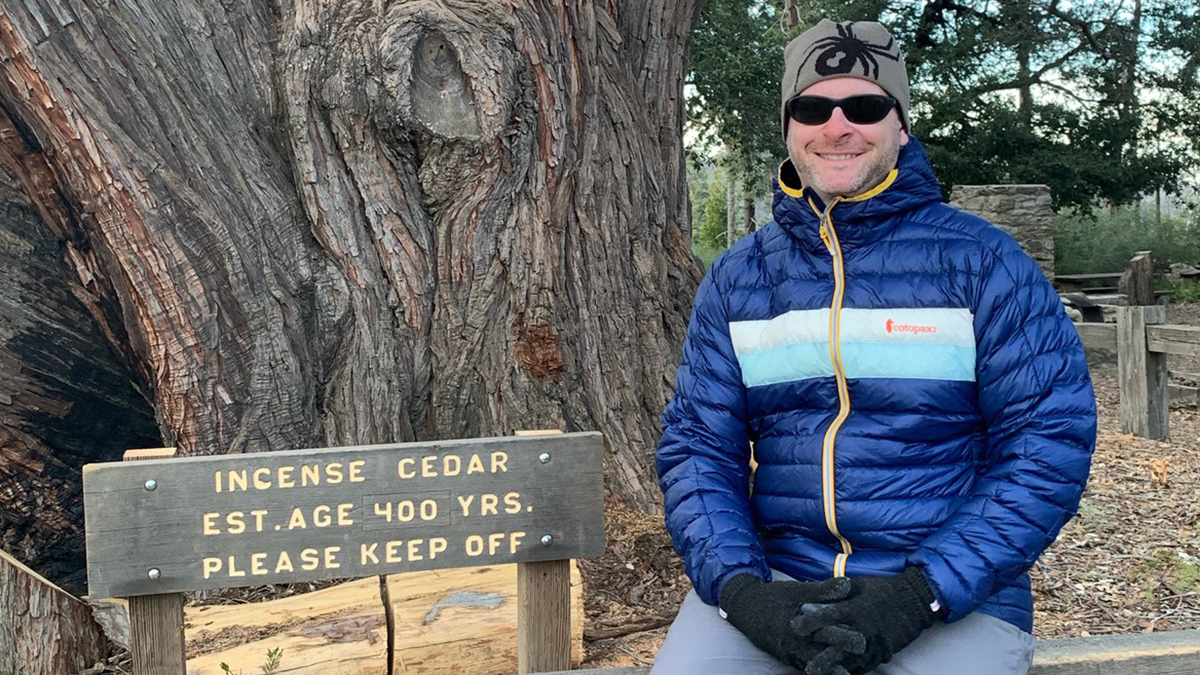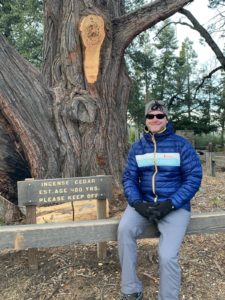Trees, Trust, Value, and What They Mean for Your Organization

The Trust Deficit
Everywhere I look, I see a lack of trust. You may not realize it, but it’s poisoning your ability to create the organizational culture you desire.
We are currently in an age of distrust and suspicion. And we will not be returning to the fragile “trusting” stability of the recent past any time soon. Instead, it’s incumbent upon every leader of every organization to begin to reestablish trust—first within their organizations and then within their community. The way this reestablishment will happen is through values that create islands of trust.
A Tree Story and The Trust Value Chain
This past January, I took a few days on the backend of my annual Vistage Chair conference to poke around some of the lesser-traveled areas of Southern California. One of the places I visited was Palomar Mountain State Park.
Palomar Mountain sits high above the coast at 6,142 feet above sea level. It is best known for the famous Palomar Observatory, operated by the California Institute of Technology, which is adjacent to the park. Yet the park is what drew me in, and there I found a 400-year-old incense cedar tree snuggled at the top of the mountain.
During this turbulent year, I’ve thought about that tree more than once. It would be easy to turn this article into a reflection on resilience and time… blah, blah blah. (You see where that’s going). However, while resilience is a critical life skill (now more than ever), I keep thinking instead about the one profound reason why that four-century-old tree still stands: trust.
Trust is the glue that creates and bonds societies and communities. Ultimately, every social compact is, at its core, an idea that’s held together with trust. A sign that reads “INCENSE CEDAR EST. AGE 400 YRS. PLEASE KEEP OFF” is not preventing anyone from causing harm to that tree. Instead, everyone is placing trust in their fellow citizens to “do the right thing” to help preserve the tree. The trust that is placed by—and with—all of us stems from a shared value: that the tree has importance.
 Values Are at the Root of It All
Values Are at the Root of It All
Let’s break down how the links in this “trust value chain” connect.
1. Established values lead to a shared understanding…
2. Shared understanding begets trust…
3. Trust engenders a sense of community…
4. Community creates (and reinforces) a positive, aligned culture…
5. Positive, aligned cultures activate both possibility and achievement.
It all begins with values. To create a culture of trust, you must have established values. It doesn’t matter if you have a mission, vision, or even purpose. If you lack a foundation of established values, then all of the fancy vision and purpose statements in the world won’t move the needle for you because you’re lacking the necessary ingredients that formulate trust.
Within the U.S. business community of the late 20th century, trust began eroding between employees and corporations as well as between citizens and their government. The free exchange of information brought about by digital communication technologies further accelerated this erosion of trust. Now, we are where we are: a society of individuals fractured into disparate tribes who are highly suspicious of anyone who’s not within our tribal circle. This makes the question “What does your tribe stand for?” critically important.
In the musical Hamilton, the question is asked of Aaron Burr, “If you stand for nothing, Burr, what’ll you fall for?“ Yet the question presupposes that Burr has already asked himself the question, “Which of my values would make me take a stand?”
So, how do you avoid the Burr dilemma and build trust within your organization? You establish values and stick to them rigorously. You create an environment where everyone knows what your organization stands for, which engenders a sense of community.
That sense of community within your organization is the key to creating and reinforcing a positive, aligned culture. And culture, that most sought after mythical beast, is what allows achievements and possibilities to flourish. Yet to arrive here, you must start with values that create trust.
As for me, my values enable me to trust in a great many people and ideas. One of the ideas I trust is that no one will deface or destroy the 400-year-old cedar tree on Mount Palomar—even if I never again lay eyes on it—because I know enough people value the idea that the tree has worth far beyond the market value of its lumber.
If you’re struggling to identify your organization’s incense cedar tree or how you’ll ensure the “why” and “how” of its respect among your tribe, give me a call. Let’s figure it out together, because something else I value is helping leaders build communities.

Super article, Chad! And it comes at a good time as we are trying to determine how best to create trust with potential organization members whom we desperately need. It’s a bad time to be asking for money! And as a young organization (not yet a year old), we have to not only capture attention and a compelling and unique value proposition, but also get potential members to TRUST that we can deliver on that value proposition – for their benefit!
So thank you for your thoughts, and also for memories about my trips to Palomar Mountain. Too bad I didn’t know about this tree when I’ve been up there. Next time!
Be well. Stay safe.